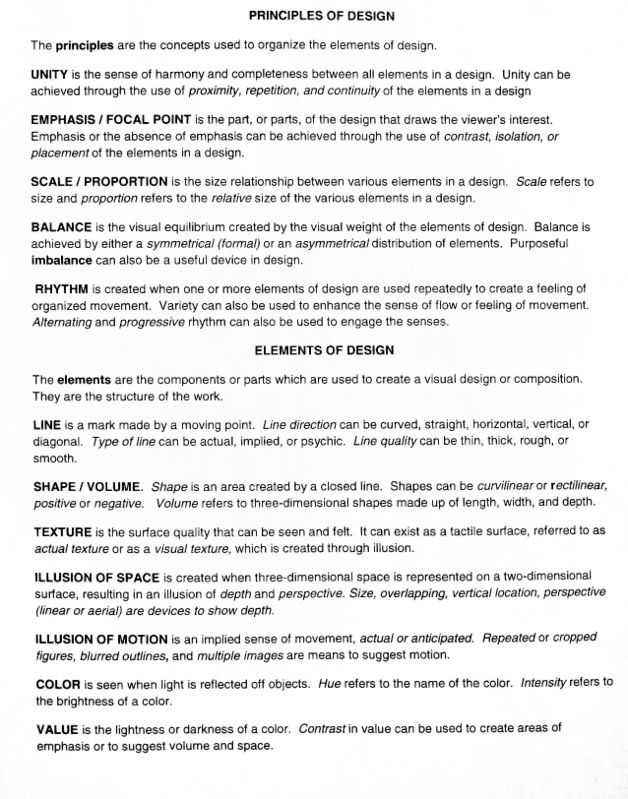
Formal Analysis
Théodore Géricault's epic work, The Raft of the Medusa, is a formal triumph charged with energy, drama, and theatrical grandeur.
Initially the viewer is aware of it's enormous scale, as the piece occupies a canvas 16 feet by 24 feet in totality, which has the effect of dwarfing the observer and adding a heroic or larger than life presence to the characters. Second, we are immediately aware of the moody darkness of the palette, as human forms emerge from an inky blackness into the golden light of a setting sun. The sombre colors and pallid flesh tones nevertheless deprive the work of any vibrant color, and so the mood remains ominous overall. The raft of survivors is surrounded on all sides by the swelling surge of the dangerous sea and the brooding clouds that hang low over the horizon; there is everywhere a feeling of movement and energy. Compositionally the work is dominated by a strong diagonal surge that thrusts upward from the lower left hand corner to the upper-right, this pictorial energy is counter-balanced by the weight of the full sail to the left that fills with the angry air. The viewer seems to focus alternately on the sad despondent man in the lower left and the figure who waves a cloth in the upper right. The viewer seems to assume a position floating in the air, as a circling bird might view this grim tableau. The overall unity of the piece is powerful, the consistency of light and the energetic figural forms create a visual tension that nevertheless remains harmonious.
Contextual Analysis
The 27 year old Géricault has taken as his subject a tragic and controversial naval accident of 1816 which left a French frigate sunk off the coast of Africa and the nation gripped with scandal. At the time, the French Monarchy had been recently restored, and the obvious inexperience of the ship's Captain served to re-enforce the public anger and resentment that had been brewing in re-action to the return of the remnants of the french aristocracy who had been banished during the Revolution. Because of the extreme conditions endured by the survivors who were able to find a spot on this hastily prepared raft, the story evokes deep sympathy for the epic struggle of human survival in the face of overwhelming odds. It is this stark realism and visceral connection to the privations and horror of constant death, madness, cannibalism, and hopelessness that connect the work to the larger Romantic sensibility that was much evident in painting at the time. Contemporaries of Géricault, like Eugene Delacroix, also favored such titanic and sublime subject matter, rife with frantic human drama and an acknowledgement of the power of nature. This focus on "natural" and irrational components of human behavior was of further interest to writers like Jean Jacques Rousseau who's political theories had actually influenced the French Revolution and the development of modern political thought. Although the piece was initially met with lukewarm reception in France, it was exhibited profitably in Britain and is hung today in the Louvre as a great exemplar of Romantic sensibilities.
Synthesis
The formal language employed by Géricault is emblematic of the Romantic sensibilities and historical context that surround this painting. It was clearly Géricault's intent to evoke an upsurge of emotion in the viewer, and his handling of light and shadow as well as the swelling and energetic forces of the waves and wind contribute to this purpose. The grand scale of the work demonstrates that it was meant for a large public audience that would hopefully discuss not only their empathic reactions to the subject, but the questionable legitimacy of the political order. By creating a visual ascendency from despair to hope, evident in the diagonal movement from lower left to upper-right, Géricault formally demonstrates the emotional/intellectual content and deeper implications that the painting proposes. The painting asks profound questions about the nature of survival, barbarism, and the miracle of human resilience in the face of the awesome and unforgiving power of nature, as well as the inner-struggle for meaning and purpose we all face. Only through his virtuosic handling of compositional space, light, and dramatic theatrical effects is the full force and meaning of this work made real.
